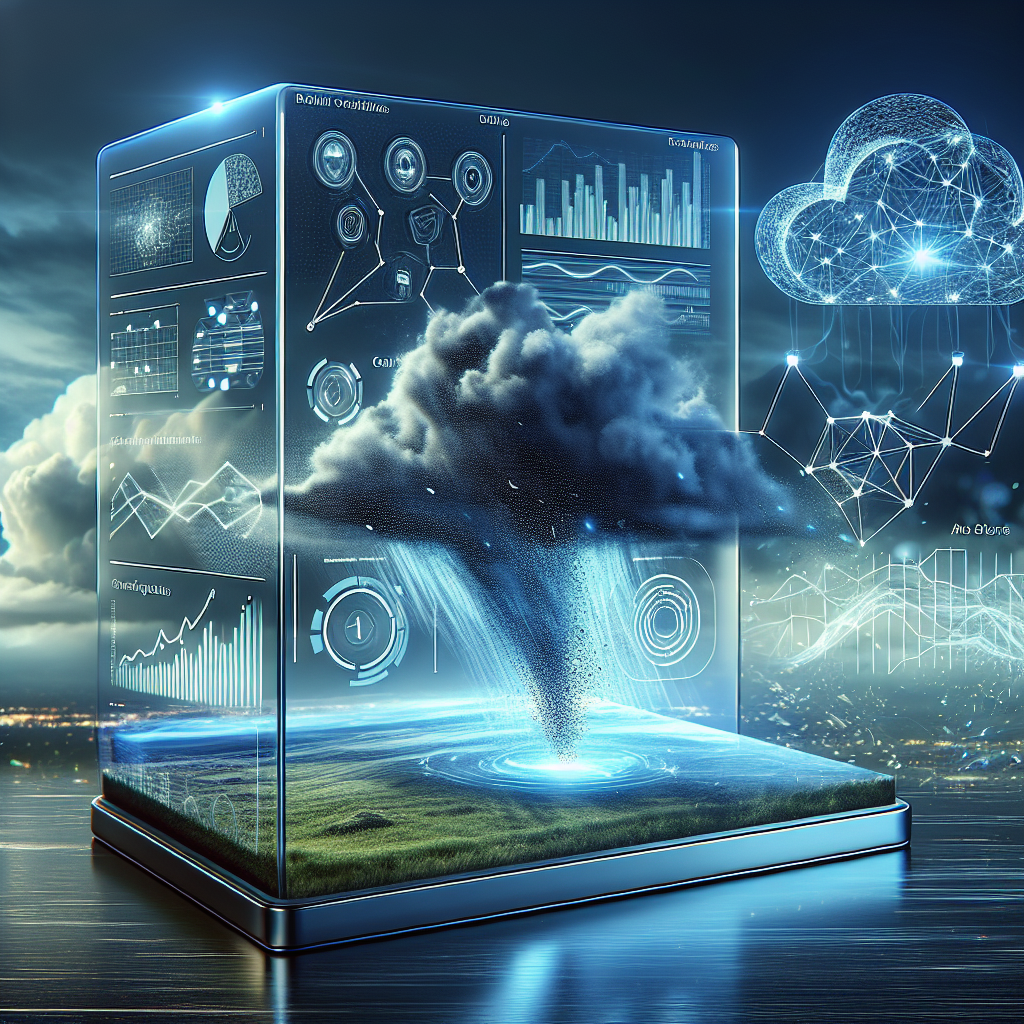Natural disasters such as earthquakes, hurricanes, floods, and wildfires have devastating impacts on communities around the world. These events can cause loss of life, destruction of property, and disruption of essential services. In recent years, advances in artificial intelligence (AI) technology have provided new tools for predicting and mitigating the effects of natural disasters. By integrating AI into existing disaster prediction systems, researchers and emergency responders are able to more accurately forecast when and where these events will occur, enabling faster and more effective responses.
The Role of AI Integration in Predicting Natural Disasters
AI integration in predicting natural disasters involves using machine learning algorithms to analyze large amounts of data from various sources, such as satellite imagery, weather patterns, seismic activity, and historical disaster records. By training these algorithms on past data, researchers can identify patterns and trends that may indicate the likelihood of a future disaster. This predictive capability allows for early warning systems to be put in place, giving communities more time to prepare and evacuate if necessary.
One of the key advantages of using AI in disaster prediction is its ability to process and analyze vast amounts of data quickly and accurately. Traditional methods of disaster prediction rely on manual analysis by experts, which can be time-consuming and prone to human error. AI algorithms are able to process data in real-time, continuously updating their predictions as new information becomes available. This rapid response capability is crucial in situations where time is of the essence, such as in the case of an impending hurricane or earthquake.
Another benefit of AI integration in disaster prediction is its ability to identify subtle patterns and correlations in data that may not be evident to human analysts. By using machine learning algorithms to analyze complex datasets, researchers can uncover hidden relationships between different factors that may influence the occurrence of a natural disaster. This deeper understanding of the underlying mechanisms of these events can lead to more accurate predictions and better-informed decision-making by emergency responders.
AI technology is also being used to improve the accuracy of existing disaster prediction models. By combining traditional forecasting methods with machine learning algorithms, researchers can create hybrid models that take advantage of the strengths of both approaches. For example, AI algorithms can be used to refine the parameters of a weather model based on historical data, improving its predictive accuracy over time. This iterative process of model refinement can lead to more reliable predictions and better outcomes for communities at risk of natural disasters.
In addition to predicting when and where natural disasters will occur, AI integration can also be used to assess the potential impact of these events on the local population and infrastructure. By analyzing data on population density, building structures, and critical infrastructure, researchers can simulate the effects of a disaster and predict the areas that are most vulnerable. This information can be used to prioritize emergency response efforts, allocate resources effectively, and develop strategies for disaster mitigation and recovery.
FAQs
Q: How accurate are AI predictions of natural disasters?
A: The accuracy of AI predictions of natural disasters can vary depending on the quality of the data and the complexity of the event being forecasted. In general, AI algorithms are able to make predictions with a high degree of accuracy when trained on large, diverse datasets. However, it is important to remember that natural disasters are inherently unpredictable events, and there will always be some level of uncertainty in any prediction.
Q: How are AI algorithms trained to predict natural disasters?
A: AI algorithms are trained using a process known as machine learning, where they are exposed to large amounts of historical data on natural disasters and their associated factors. By analyzing this data, the algorithms are able to identify patterns and trends that may indicate the likelihood of a future disaster. The more data the algorithm is trained on, the more accurate its predictions are likely to be.
Q: How are AI predictions used in disaster response efforts?
A: AI predictions of natural disasters are used to inform emergency response efforts by providing early warning of impending events, identifying areas at high risk, and assessing the potential impact on communities and infrastructure. This information allows emergency responders to better prepare for a disaster, allocate resources effectively, and coordinate evacuation and rescue efforts in a timely manner.
Q: What are some examples of AI integration in disaster prediction systems?
A: There are many examples of AI integration in disaster prediction systems, including the use of machine learning algorithms to analyze seismic data and predict earthquakes, the use of satellite imagery and weather data to forecast hurricanes and floods, and the use of social media data to monitor disaster impacts in real-time. These technologies are helping to improve the accuracy and timeliness of disaster predictions, ultimately saving lives and reducing the impact of natural disasters on communities.

